-
Posts
710 -
Joined
-
Last visited
-
Days Won
73
Content Type
Profiles
Forums
Events
Posts posted by wingless
-
-
What I don't like about using ball end bits is the tool velocity near the center is almost zero, making the cutting effectivity almost zero at that point.
-
 1
1
-
-
Welcome to the forum.
That Harbor Freight 61972 tool consumes about 15A of current.
Normally all is good.
But, if there is a high resistance connection, either within the cord, such as near the plug, or in the receptacle / plug connection, then that 15A will also make heat at that point.
After properly replacing the tool plug, insert mostly into the same receptacle and carefully operate the tool (loaded blade / cutting) while measuring the voltage on the slightly exposed plug prongs to verify full voltage exists.
If not, also swap the plug.
Another option is to just also safely swap the plug.

-
That Mafell groover is very nice. It looks to be excessive for plumbing installation for home construction.
The tools I used when cutting for plumbing access was a drill and an OMT.
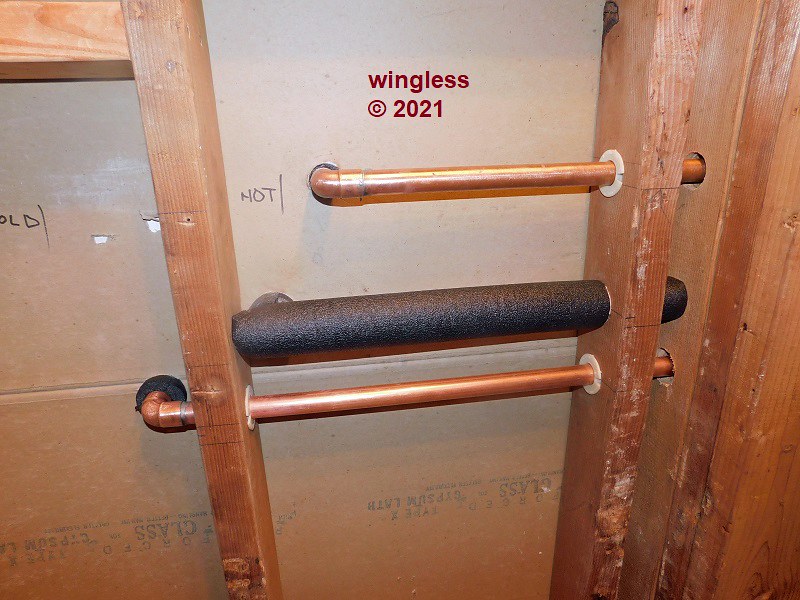

When I was installing the plumbing almost all of the 3/4" Type L copper supplies passed through studs using these insulator clamps.
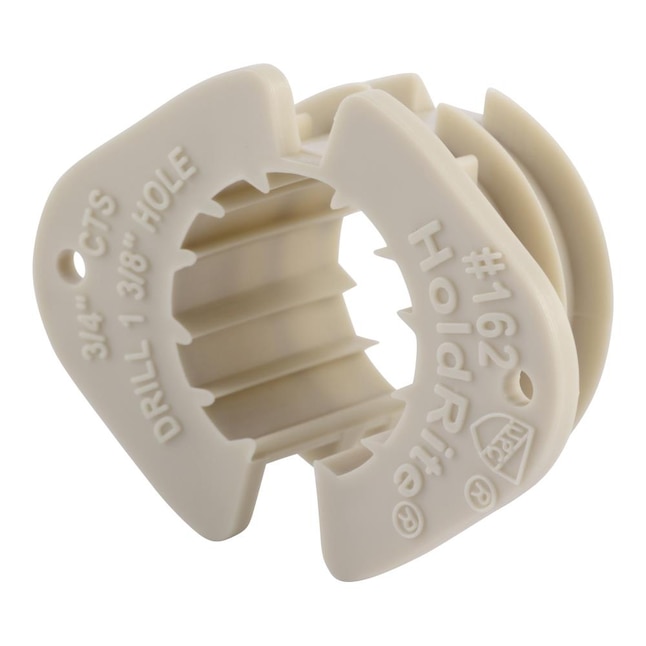
Some of those pipes were restrained using these insulator clamps.
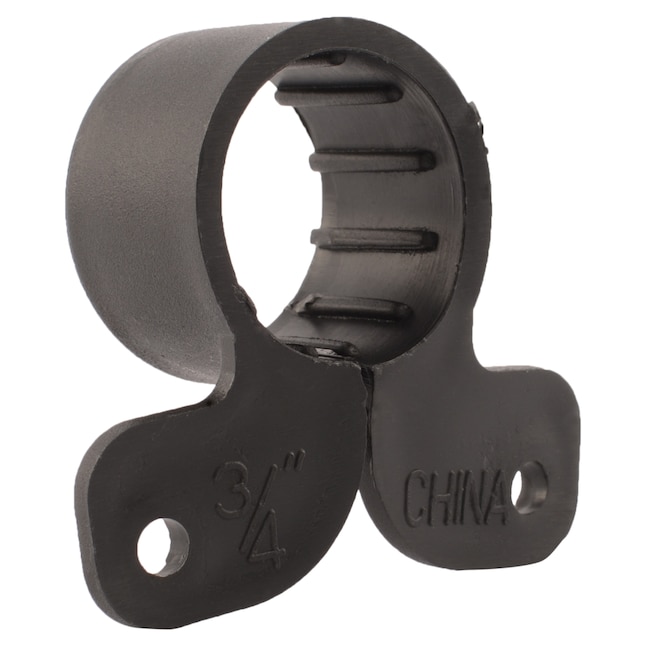
There were various versions of these nail plates used throughout to protect from damage when applying wall board or cabinets.
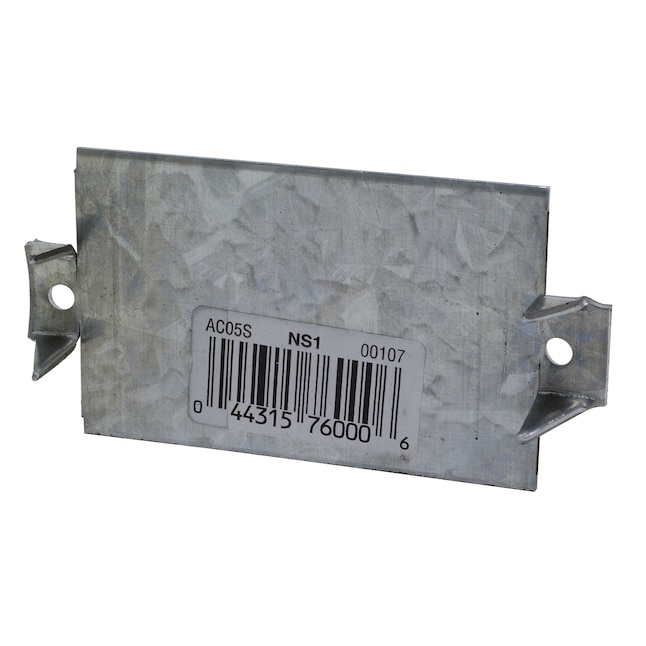
Everywhere that galvanized nail plates were near or possibly touching the copper supply, pipe insulation was placed between those dissimilar metals.
All of the 1½" or 2" Schedule 40 PVC drain plumbing was routed after OMT or drill cutting, or demolition hammer for concrete cutting.
-
 2
2
-
-
-
Sure, understood, but a bag is required when the tool is larger than the box.
My first step w/ each of my bagged tools was to determine if I could design a custom case, like I did for my DeWALT DCS355 OMT.
When that didn't / couldn't work I went with / remained with the bag approach, hence the utility of color coded custom engraved tags.

-
 1
1
-
-
On 3/30/2022 at 11:06 PM, wingless said:
Many of my DeWALT SDS Max tools have bags instead of boxes.
For each of those bags I got engraved luggage tags w/ my name, phone number and tool ID. Each of those tags are a different color.
Those colored tools are cool.
These are the custom engraved tags I used for my DeWALT tool bags.


-
 1
1
-
-
1 hour ago, fyrfytr998 said:
Was surfing the net and found out my V20 system is getting the good good too.
At least they are following the DeWALT lead of just providing a model number and image, but also not having a tool available to purchase.
-
 1
1
-
-
Similar perspective, but I'm instead antagonistic...
-
BTW, you now have the Devil post count...
-
The other thing I do is use my shop vac to clean out the box before completing the project. It also works for removing minor amounts of debris that makes it into a conduit. I like my boxes clean before closing everything up. Also like all my wires labeled on my panel. Here is a recent panel.

-
Maybe, but my panels all have 220VAC / 60Hz.
(NOT providing electrical advise...) The trick is to never complete the circuit. Finger touching only one live wire, while NOT touching ground AND NOT touching the other line won't provide a shock.
FWIW, I HATE getting electrocuted. It hurts every single time.
-
 1
1
-
-
How about jamming a paper towel fragment into the hole during the plastering.
The emergency marine plugs may also work, but they are expensive.
There are many versions of this plug.
Note that it is always good to avoid galvanic corrosion when dissimilar metal joints exist.

-
Never have used the rods within conduits.
The rods are terrific for running within covered wall stud cavities, or over long distances, like an attic. I also use them on the boat for wiring.
Even though I've been electrocuted more times than I can count (very, very infrequently), I almost never use gloves. I always use gloves on the live to street wires.
Most of my shocks were on my 150 year old farm house, built before house wiring, where I reworked to current standards, that was a hodge podge of horrible stuff. That task was decades ago, before the most useful electric tool, the chirpy / blinky voltage "sniffer".
My mindset is very little concern about being shocked working on / touching live because I remain so focused and concentrated on that task.
-
That looks great, thanks for sharing, but there is no way I would use a metal fish tape, even if it coated, in a live electrical panel.
My ancient plastic Greenlee fish tape, like this current version, is one option I use when working in live panels.
Another option, when I have conduit to the remote location is to crumple a disposable store bag, tie on a fish string and use my shop vacuum to pull the string through.
In addition to my plastic fish tape, my uncoated steel "blade" fish tapes and my string, I also use these segmented rods LOTS. The segmented rods are my first choice in almost every application.
The other waaay handy tool for pulling wire are these basket nets, in the correct size.


-
 1
1
-
-
One vendor now saying June 6, the other now saying May 15 shipment dates. Still only two vendors listing that tool, both as tool only and as kit, both showing same prices.
-
Welcome to the forum.
The UK power is 230VAC / 50Hz.
DeWALT sells chargers that are compatible w/ that input voltage / frequency, plus also has the UK BS1363A plug, not the NEMA 1-15P plug used in the US on a charger rated for 120VAC / 60Hz.
The EU charger is rated for 230VAC / 50Hz.
If job site (not national power) is 110VAC / 50Hz, then the best option is to get a 2X step up transformer, that will then provide 220VAC / 50Hz and the locally available charger will work just fine.

-
1 minute ago, Altan said:
Nice work, have they used curved pieces of wood?!
Looks like plastic, maybe recycled soda bottles.

-
 1
1
-
-
1 hour ago, wingless said:
It looks to me like he is sitting on ribs.
2 minutes ago, Altan said:Come on! Would you?

Here is the full sized image. I don't see any transition from ribs to filled in.

-
Why not just friction fit a flexible hose over the stiff straw and route into a gallon container sitting on the shelf, retiring the bottle?
-
 1
1
-
-
-
It looks to me like he is sitting on ribs.
-
 1
1
-
 1
1
-
-
An examination at the floor edge shows the light colored outer surface sitting several inches proud, about 3/4" wide, w/ a 2" gap to the next rib.
No idea on the construction or materials.
-
-
Fabrication cost of engraving stainless is likely the reason for only plastic or aluminum.
-
 1
1
-


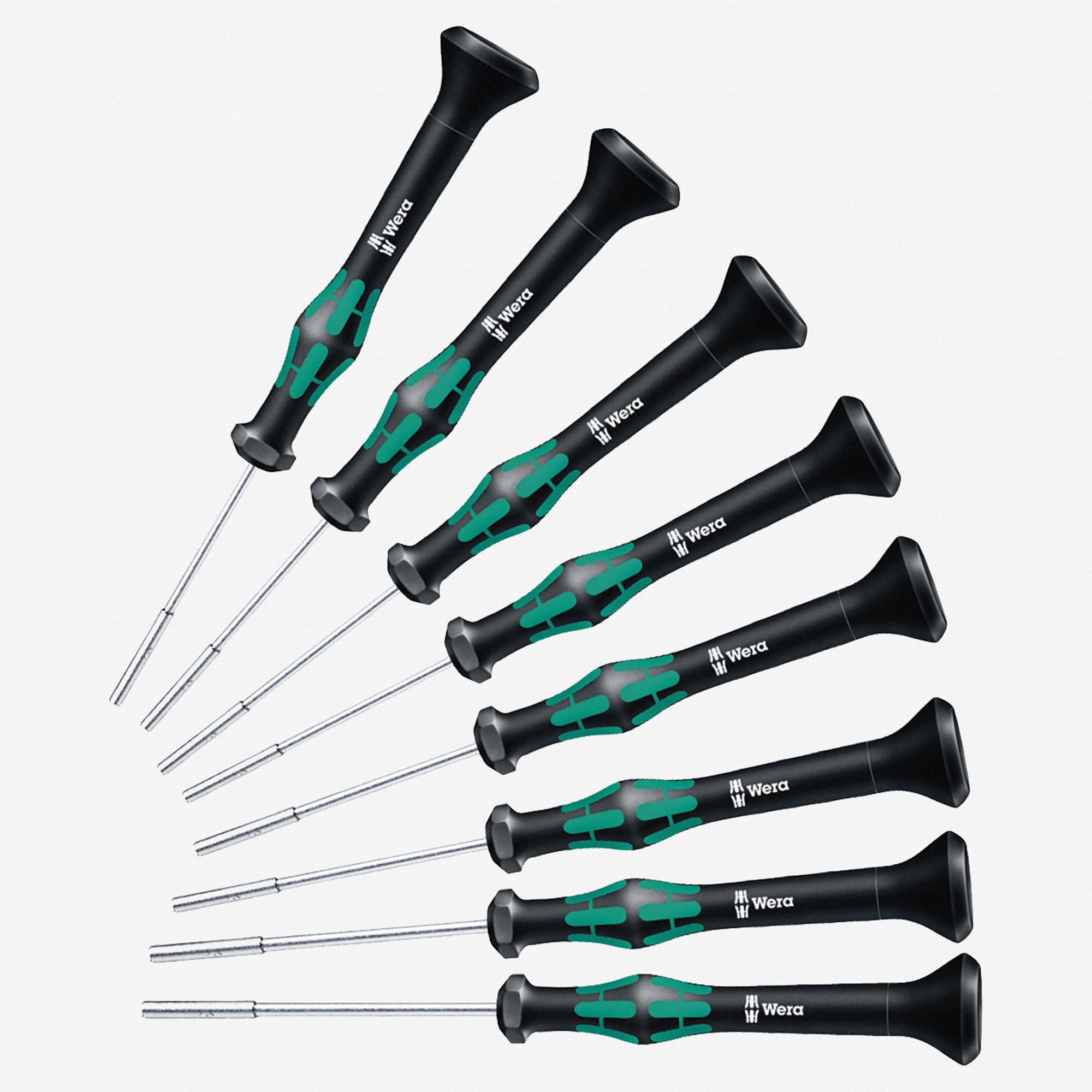

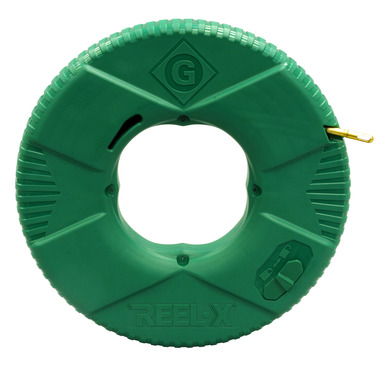


Why did power plug connector vaporize?
in Power Tools
Posted
Thanks for the update.